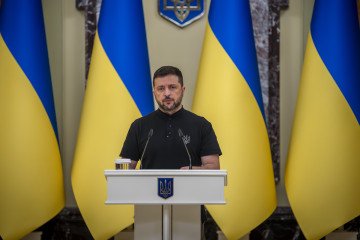- Category
- War in Ukraine
Meet Archer, the Swedish Howitzer Annihilating Russian Tanks on Ukraine’s Southern Front
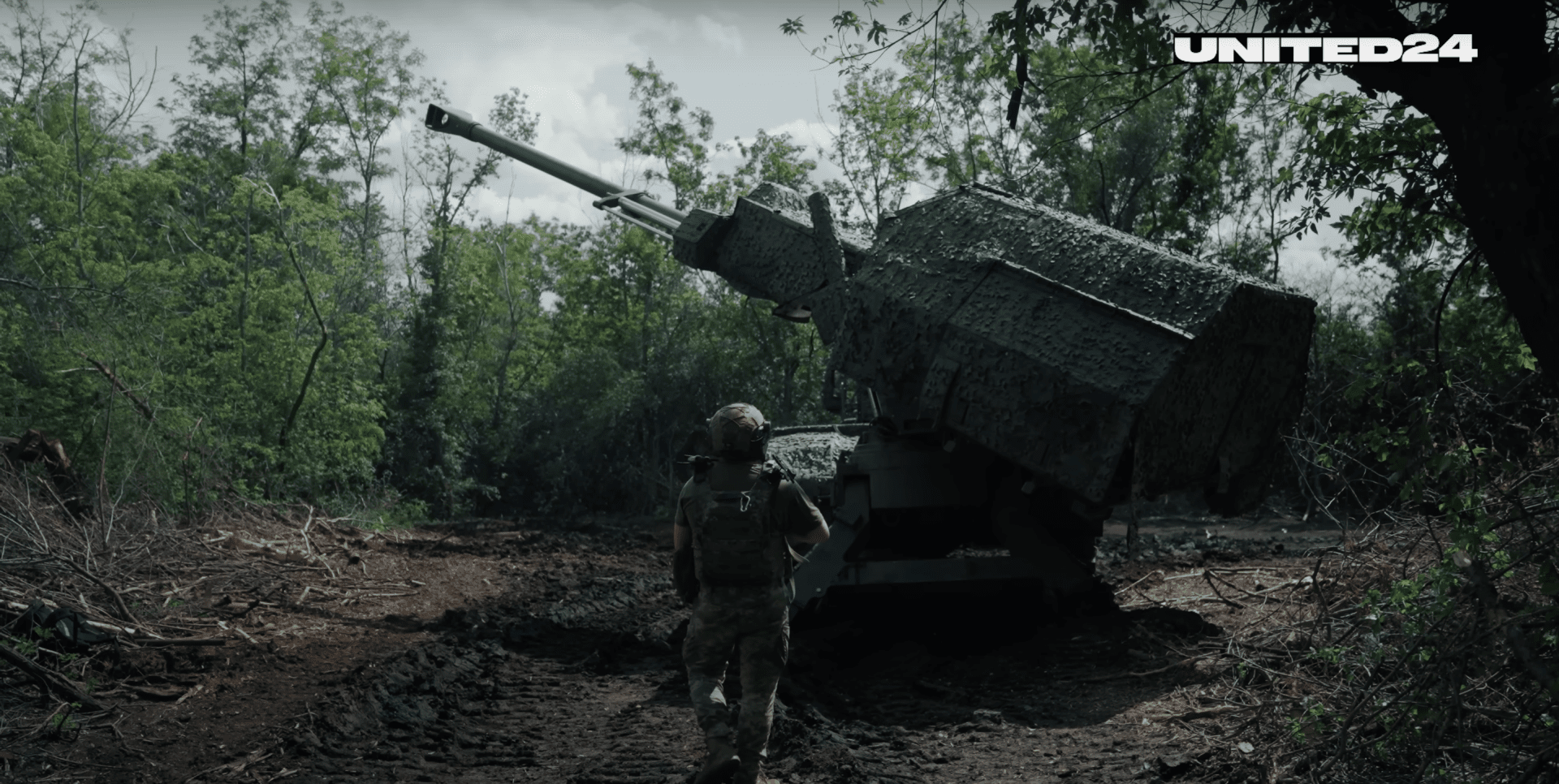
Ukraine’s 43rd Artillery Brigade is keeping the Russians in check thanks to their Swedish-made Archer, a state-of-the-art self-propelled howitzer that has become a nightmare for the Russians. Our team spent a day and a night with battle-hardened commander “Jurist” and his men to see firsthand how they obliterate Russian positions.
A loud bang rips through the silence of the forest. The massive cannon recoils, ready for another round.
“Matilda, fire!”
Another blast. While the dust settles, a Ukrainian soldier from the 43rd Artillery Brigade armed with an anti-drone shotgun cautiously ventures into the sunny meadow, looking up and listening to the sky in search of the deadly buzzing sound of Russian drones.
He’s here to protect Matilda.
Matilda is a 30-ton Swedish Archer with a colossal 14-meter cannon built on NATO-standard 155mm caliber. Born in Sweden in the 90s, the state-of-the-art howitzer found a new use in defending Ukraine against Russian aggression.
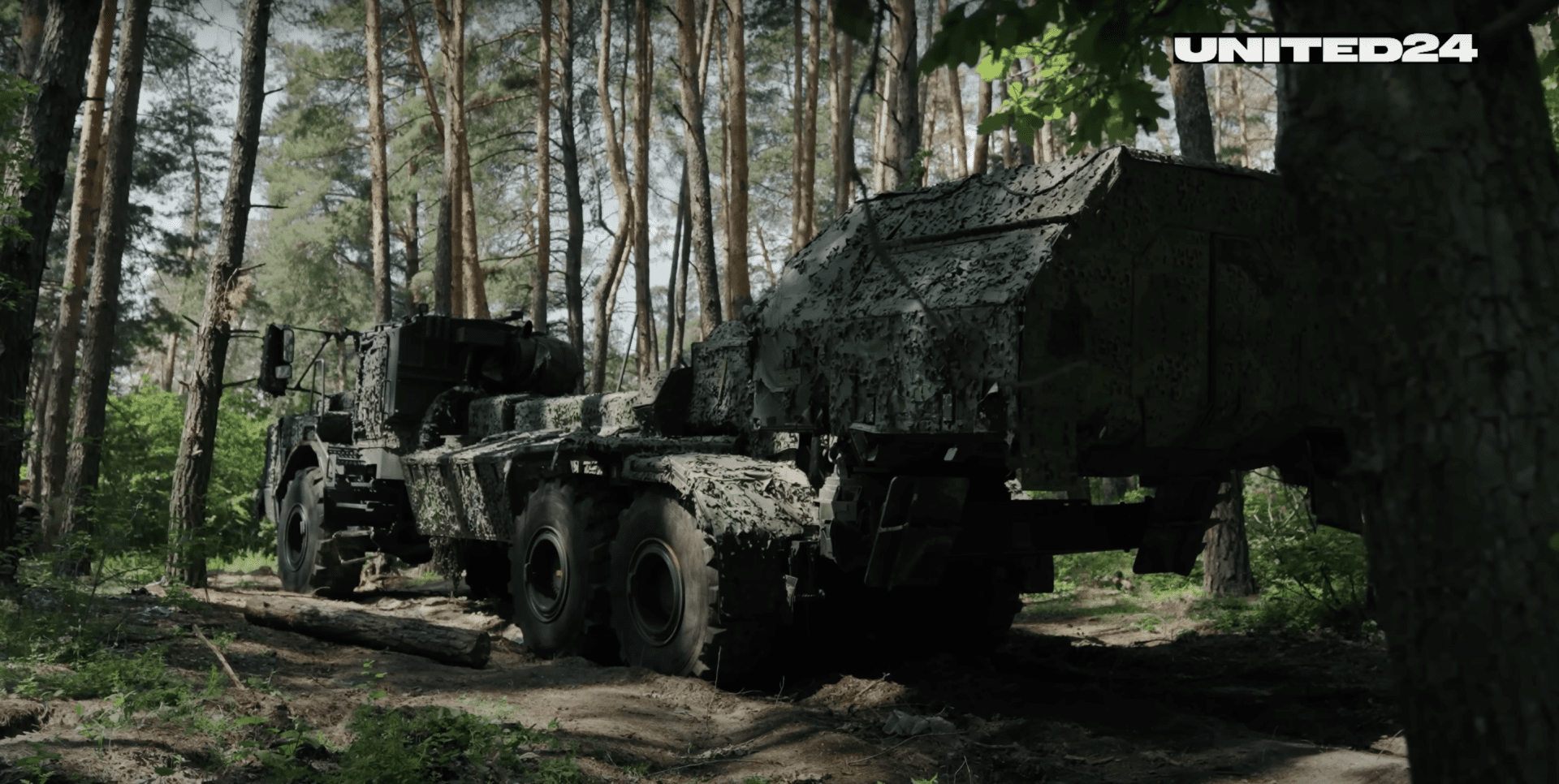
Matilda and several others keep the Russians at bay in this part of the southern frontline, at the border of the Donetsk region, manned by Jurist and his men.
Ukraine received 26 of them; it will receive 18 more from Sweden—a nightmare for the Russians at the receiving end of this lethally accurate self-propelled artillery system.
The cannon is mounted on a Volvo 6X6 chassis, which usually allows it to roll at a top speed of 70 kilometers per hour, an impressive feat given the vehicle's weight.
Like its French counterpart, Caesar, the Archer is typically used for a “shoot and scoot” tactic, in which the crew hits a target from a spot and drives off as quickly as possible to avoid being spotted by the enemy.
Here, however, where the sky is plagued by Russian FPV drones and Lancet, it’s highly risky to drive in the open, especially knowing that reconnaissance drones can spot the tire tracks left in the mud by the vehicle and trace it back to the position where it becomes a sitting duck.
Artillery warfare in Ukraine
Instead, Ukrainians have developed a different tactic. They dig a hole in the ground the size of the Archer, cover it with a camouflage net, and jam anything that could fly around when the beast leaves its den to pound Russian positions.
“Everything is covered,” “Gnome,” the driver, a cheerful soldier proud of his machine, tells us. “They don’t understand where the shots are coming from. It’s very mobile and great. We can cause more damage, because just by moving around, they will take us out, and vehicles will be destroyed.”
The cannon can hit a target between 20 and 50 kilometers, depending on the type of shells, but knowing that the Russians are only 10 to 12 kilometers from the position, they’re assured to take a hit every time.
The crew loads the charge and shells into the Archer separately, and then the howitzer assembles them all by itself, thanks to its mechanic state-of-the-art system that clings in a deadly ballet.
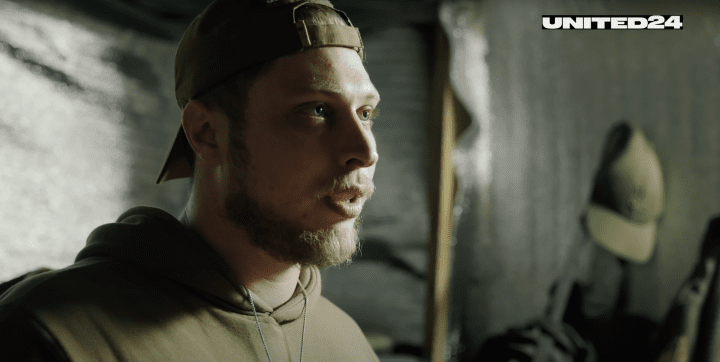
Jurist, the 29-year-old commander, has an unconditional love for these machines, to which he and his crew decided to give the name of the instructors who taught them how to use them in Sweden.
“Our artillery cannons are Matilda, Alice, Amanda, Hugo, Ulf, Joel, and Andre,” he tells us while smoking a cigarette, sat on a fuel barrel. “All these names are our tribute to the instructors who taught us.”
“In a way, they are fighting alongside us in this war. That is, they are directly participating because the guns are named in their honor. We can say that Amanda, Alice, Matilda, Hugo, Ulf, Joel, and Andre—they all destroy the occupiers. Therefore, this is a great honor for them, a great mark of respect.”
Motley crew
Jurist earned his callsign due to his previous life. Before the war, he worked as an anticorruption judge, hellbent on cleaning the system. Today, the back of his sand-colored hoodie shows a skeleton holding a scale in one hand and a gun in the other.
His real gun protrudes from his backside as a warning.
“If you want to build a good country, you have to build good courts, fair courts. And after the victory, I still want to try and do it,” he says, insisting that such principles should also be applied in times of war.
“To be a good commander, you have to listen to your men and think about orders,” he says. “You need to be able to do everything you’re gonna ask from your men.”
The descendant of a prominent Cossack family, he even boasts an unlikely heirloom: His ancestors was allegedly writing the letter to the Turkish sultan on the “Reply of the Zaporizhzhian Cossacks” painting by Ilya Repin, where a crowd of cossacks is seen laughing at who wo would find the most creative insult to the sultan.
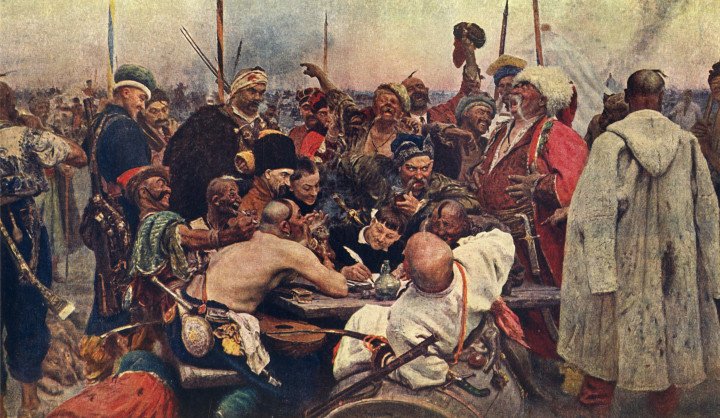
Jurist and his men are young. Some in his crew used to study diplomacy, while others studied medicine or engineering. Their brotherhood was forged in Kursk.
“The Russians tried to break our line with 18 tanks,” he recalls, “Only three Archers stopped this column. They tried to relocate, and we just destroyed the first one. They tried to spread around. And some got stuck in the mud. We destroyed it one by one.”
“When you coordinate this, when you watch the stream and you understand what you do, it's better than sex. Really,” he laughs. “It's much better than sex. It's longer. Don't show this to my wife.”
Deadly impact on Russian forces
But tonight, Jurist is an executioner. The shells are in position, the men are ready, and the hunt begins.
Jurist monitors the screen broadcasting a gray nightvision livestream from a reconnaissance drone flying around to spot Russian positions. They are thousands, like him, looking at the earth from underground, each side spying at each other to bar any kind of movement in the killzone.
Once a Russian position is spotted, he checks the coordinates on the map to send it to one of the Archer crews while communicating with other brigades around which fly Vampire drones for maximum damage. The reconnaissance drone finds one.
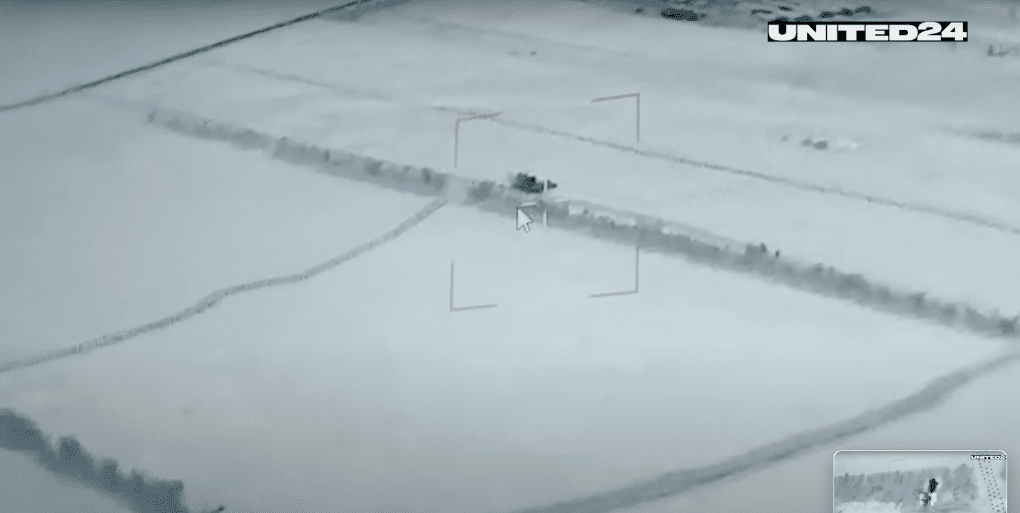
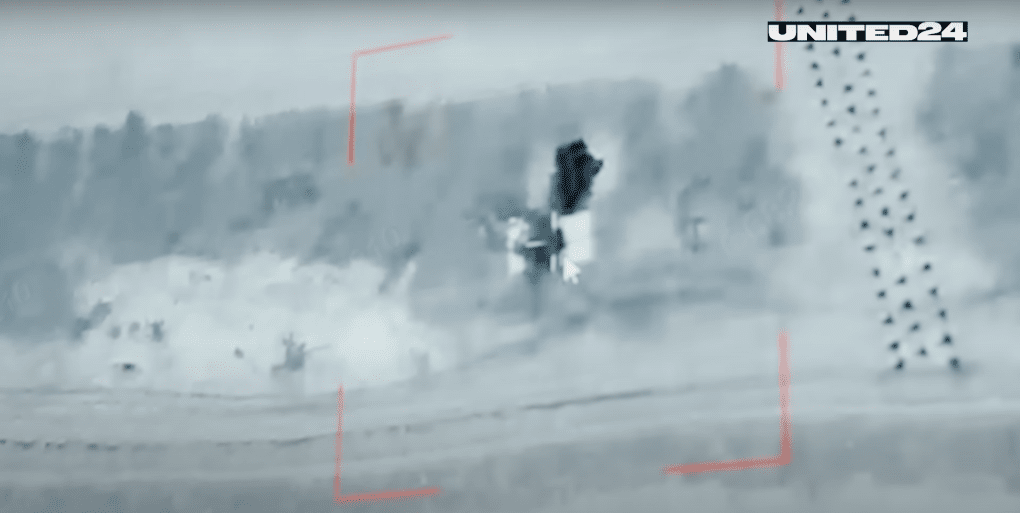
The screen goes white with the hit of the explosion, but it’s a miss.
“Damn, almost,” Jurist swears.
It doesn’t take long to find another prized target: A Russian tank and its crew, unsuspecting of the hellfire about to rain on them.
“Joel, ready, fire.”
“All hell broke loose,” the radio sizzles. “What if it goes off and burns the tank?” Jurist smirks in a tense silence. In the dugout, everyone’s eyes are transfixed on the screen. Yuri, a gunner, even took some chips for this one-of-a-kind show.
It’s a hit. The soldiers share a silent nod of approval and return to their bunk beds. Yet another tank and its crew that will stay stuck forever in the Ukrainian soil they so hardly sought.
The radio sizzles again: “Artillery, thanks for the cover.”
“Always, guys, good night,” Jurist hangs up.
For him, it’s another check on an Excel sheet that he opens to add one more trophy to his list.
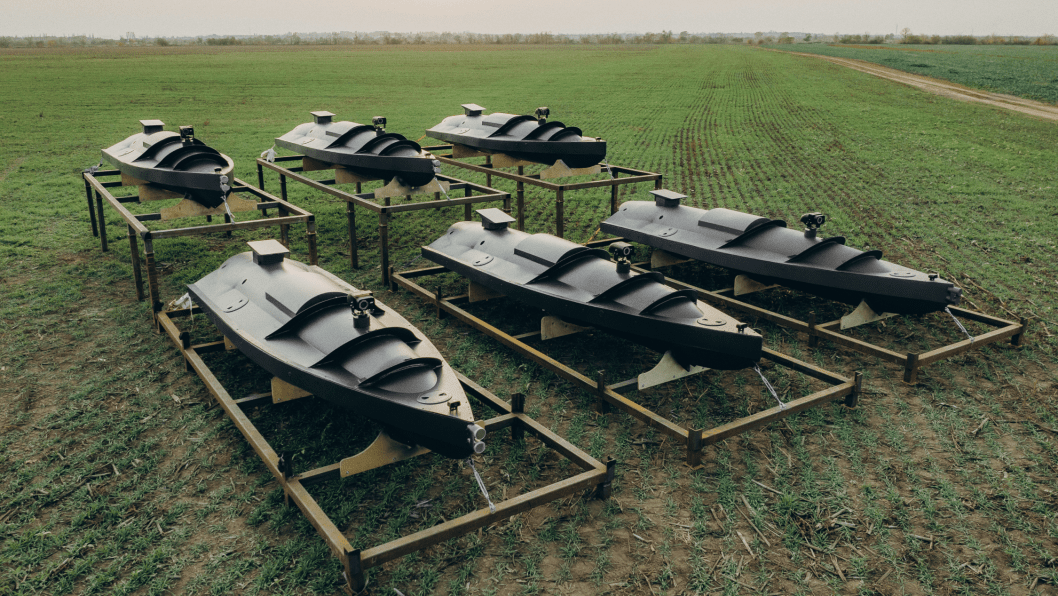

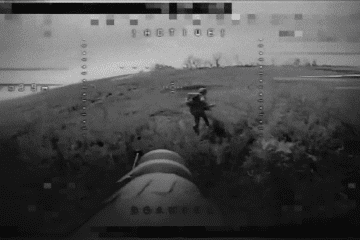
-29a1a43aba23f9bb779a1ac8b98d2121.jpeg)
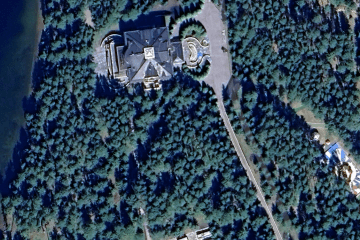
-24deccd511006ba79cfc4d798c6c2ef5.jpeg)


